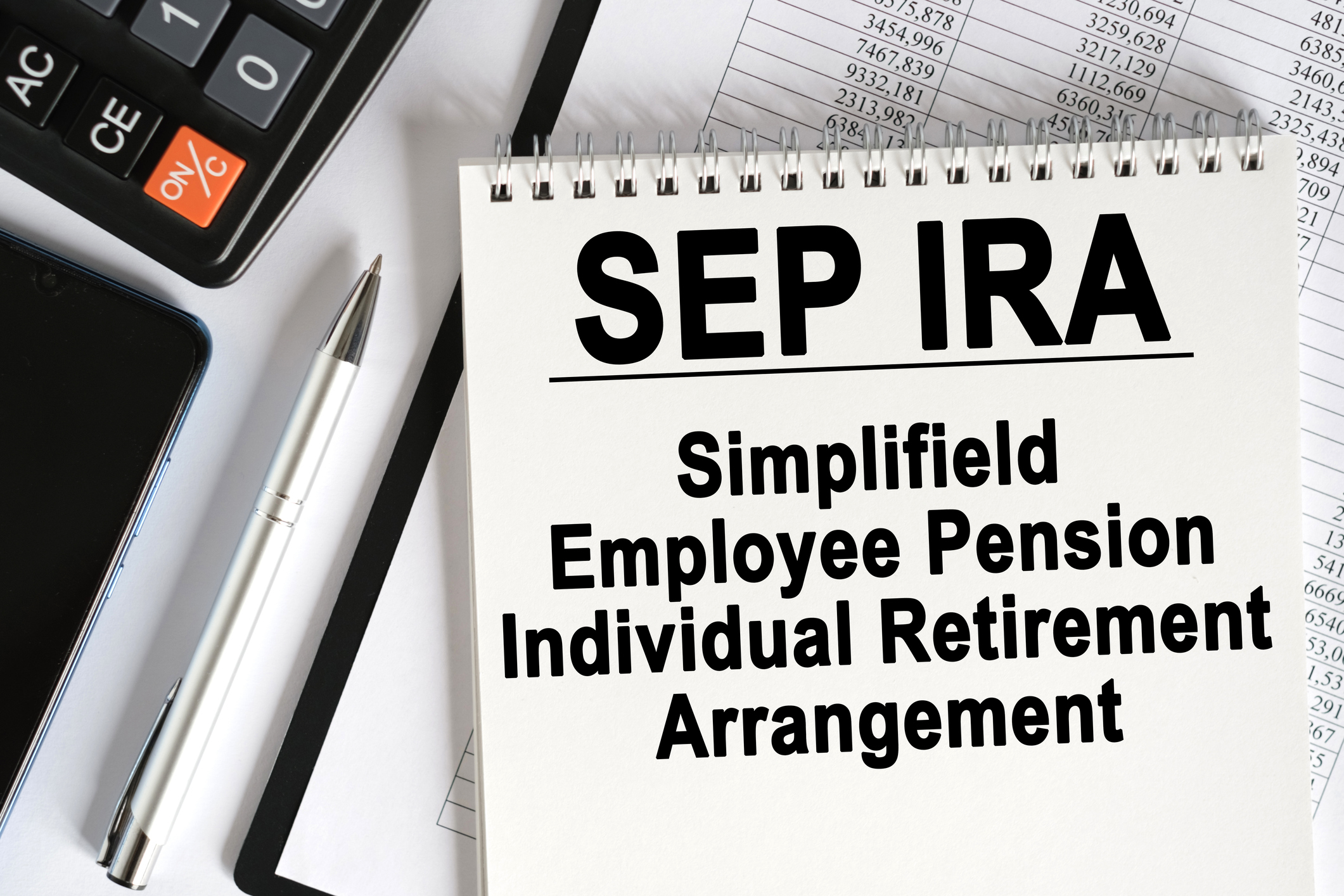Cosigning For Your Child's Credit Card Can Cost You
Your credit score and ability to get a new loan could suffer even if your child never misses a deadline.

In the early 1990s, I cosigned for a credit card for my son, who was then a college student. The credit card had a limit of $500. Recently, my credit report showed a substantial balance on the card. I called the bank, which informed me that it is an active account for my son. I am now appealing to get off the card, which has been frustrating. It seems wrong that the bank would increase a balance limit from $500 to $20,000 without informing the cosigner. What do you think? — Name withheld
You’ve just discovered a big downside to cosigning for a card: Activity associated with a cosigned account appears on your credit record, but you may receive no notice of late payments or other problems with the card.
It can be difficult to untangle your fortunes, too. In most cases, the only way to get the cosigner off the account is by paying the balance and closing the card; generally either you or your son can do it. (Your son will then have to apply on his own for a new card.) “These are the very reasons I always advise against cosigning,” says John Ulzheimer, president of consumer education for SmartCredit.com. The CARD Act (the credit card law that took effect in 2010) does little to address this problem, although it does provide one extra protection for cosigners: Lenders may no longer raise the credit limit for children younger than 21 without the cosigner’s written permission. But that notification isn’t required after the child turns 21.

Sign up for Kiplinger’s Free E-Newsletters
Profit and prosper with the best of expert advice on investing, taxes, retirement, personal finance and more - straight to your e-mail.
Profit and prosper with the best of expert advice - straight to your e-mail.
Many parents are considering cosigning for their kids’ credit cards now that the CARD Act makes it more difficult for children under age 21 to get cards on their own. But before you sign up, be aware of the long-term risks to your credit. Any late payments could hurt your credit record. And your credit score—and ability to take out new loans—could suffer even if your child never misses a deadline.
“You are fully responsible for all debt on that account,” says Maxine Sweet, vice-president of public education for the credit bureau Experian. The balance on the card affects your credit utilization ratio—the amount of available credit that you have used—which has a big impact on your credit score. And potential lenders will also include the card balance in your debt-to-income ratio when deciding whether you can afford to take on new loans.
Roths for minors
I want to set up a Roth IRA for my son, who is 16 and has started to work, but we can’t meet the $1,000 initial investment or the $100 monthly automatic investment that most investment companies require. Can you recommend any brokerages or fund companies with low minimums? — T. H., Katy, Texas
It’s a wonderful idea to set up a Roth IRA for your son, and your timing is perfect: You can open a Roth IRA for a child of any age who has earned income from a job, and you have until April 17, 2012, to make contributions for 2011. You can invest up to the amount of income the child earned for the year, with a $5,000 maximum.
A few firms make it easy for kids to start small Roths. TD Ameritrade has no minimums or annual fees for its IRAs (the IRA must be in the minor’s name as well as the custodian’s name, and it must use the minor’s tax ID number). You can invest in stocks, funds or other investments available in the firm’s brokerage accounts, including more than 100 commission-free exchange-traded funds. And you can sign up to have any amount—even just $50 per month—automatically transferred from a bank account to the IRA.
Scottrade offers IRAs to minors with a minimum investment of $500 for new accounts and with no annual fees or setup costs. Charles Schwab allows minors to open a custodial Roth IRA with $100; it charges no annual or maintenance fees.
Get Kiplinger Today newsletter — free
Profit and prosper with the best of Kiplinger's advice on investing, taxes, retirement, personal finance and much more. Delivered daily. Enter your email in the box and click Sign Me Up.

As the "Ask Kim" columnist for Kiplinger's Personal Finance, Lankford receives hundreds of personal finance questions from readers every month. She is the author of Rescue Your Financial Life (McGraw-Hill, 2003), The Insurance Maze: How You Can Save Money on Insurance -- and Still Get the Coverage You Need (Kaplan, 2006), Kiplinger's Ask Kim for Money Smart Solutions (Kaplan, 2007) and The Kiplinger/BBB Personal Finance Guide for Military Families. She is frequently featured as a financial expert on television and radio, including NBC's Today Show, CNN, CNBC and National Public Radio.
-
 Stock Market Today: Stocks Soar on China Trade Talk Hopes
Stock Market Today: Stocks Soar on China Trade Talk HopesTreasury Secretary Bessent said current U.S.-China trade relations are unsustainable and signaled hopes for negotiations.
By Karee Venema
-
 2026 Disney Dining Plan Returns: Free Dining for Kids & Resort Benefits
2026 Disney Dining Plan Returns: Free Dining for Kids & Resort BenefitsPlan your 2026 Walt Disney World vacation now. Learn about the returning Disney Dining Plan, how kids aged three to nine eat free, and the exclusive benefits of staying at a Disney Resort hotel.
By Carla Ayers
-
 457 Plan Contribution Limits for 2025
457 Plan Contribution Limits for 2025Retirement plans There are higher 457 plan contribution limits for state and local government workers in 2025. That's good news for state and local government employees.
By Kathryn Pomroy
-
 Medicare Basics: 11 Things You Need to Know
Medicare Basics: 11 Things You Need to KnowMedicare There's Medicare Part A, Part B, Part D, Medigap plans, Medicare Advantage plans and so on. We sort out the confusion about signing up for Medicare — and much more.
By Catherine Siskos
-
 The Seven Worst Assets to Leave Your Kids or Grandkids
The Seven Worst Assets to Leave Your Kids or Grandkidsinheritance Leaving these assets to your loved ones may be more trouble than it’s worth. Here's how to avoid adding to their grief after you're gone.
By David Rodeck
-
 SEP IRA Contribution Limits for 2025
SEP IRA Contribution Limits for 2025SEP IRA A good option for small business owners, SEP IRAs allow individual annual contributions of as much as $70,000 in 2025, up from $69,000 in 2024.
By Jackie Stewart
-
 Roth IRA Contribution Limits for 2025
Roth IRA Contribution Limits for 2025Roth IRAs Roth IRA contribution limits have gone up. Here's what you need to know.
By Jackie Stewart
-
 SIMPLE IRA Contribution Limits for 2025
SIMPLE IRA Contribution Limits for 2025simple IRA The SIMPLE IRA contribution limit increased by $500 for 2025. Workers at small businesses can contribute up to $16,500 or $20,000 if 50 or over and $21,750 if 60-63.
By Jackie Stewart
-
 457 Contribution Limits for 2024
457 Contribution Limits for 2024retirement plans State and local government workers can contribute more to their 457 plans in 2024 than in 2023.
By Jackie Stewart
-
 Roth 401(k) Contribution Limits for 2025
Roth 401(k) Contribution Limits for 2025retirement plans The Roth 401(k) contribution limit for 2025 increased, and workers who are 50 and older can save even more.
By Jackie Stewart